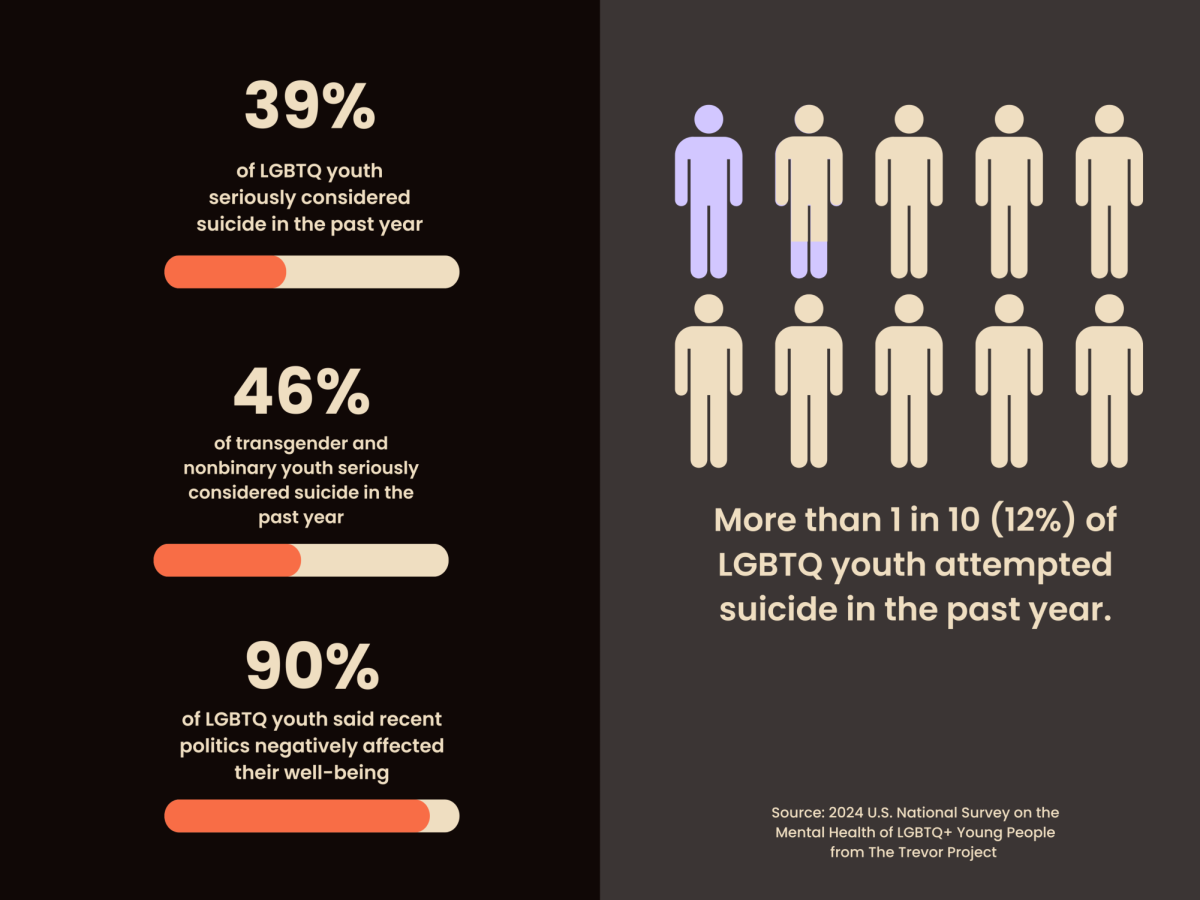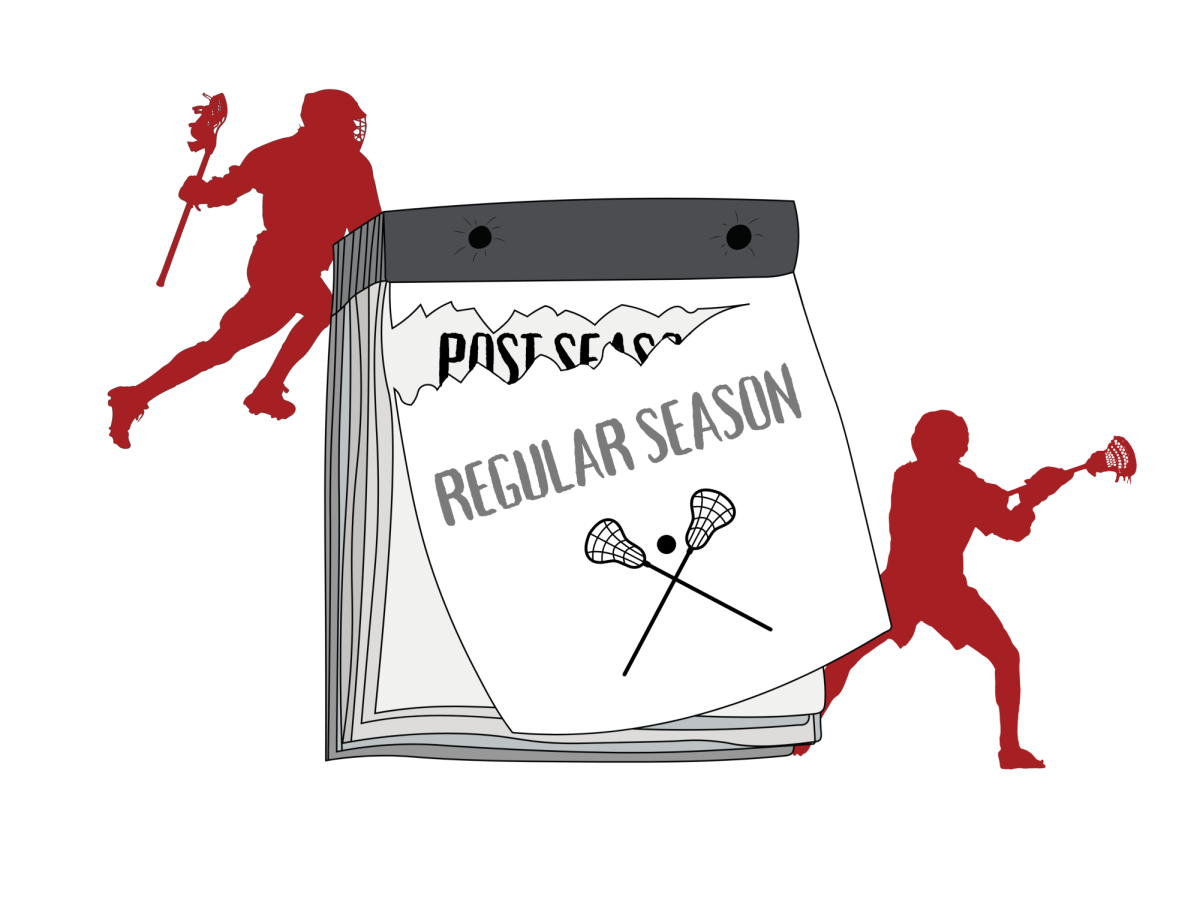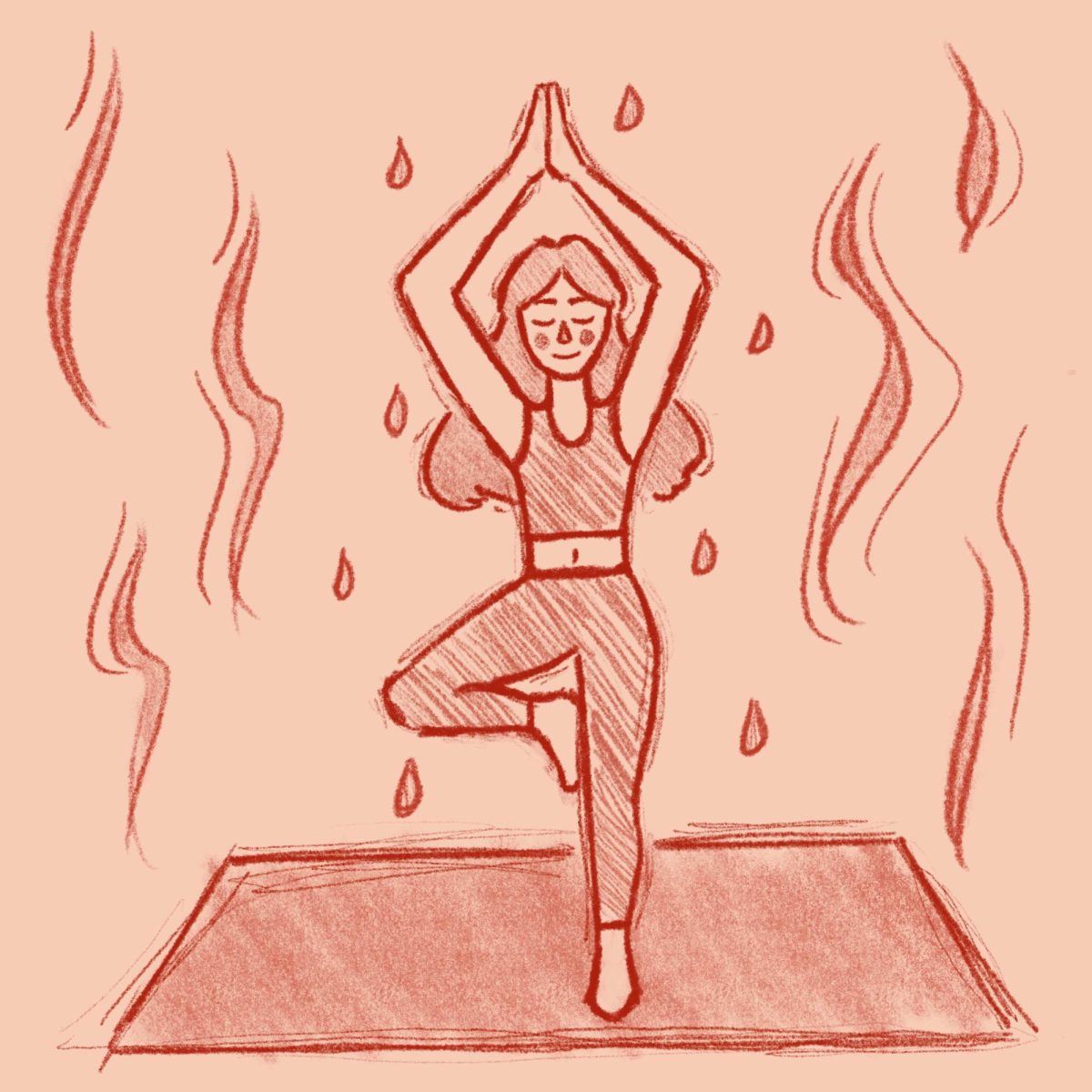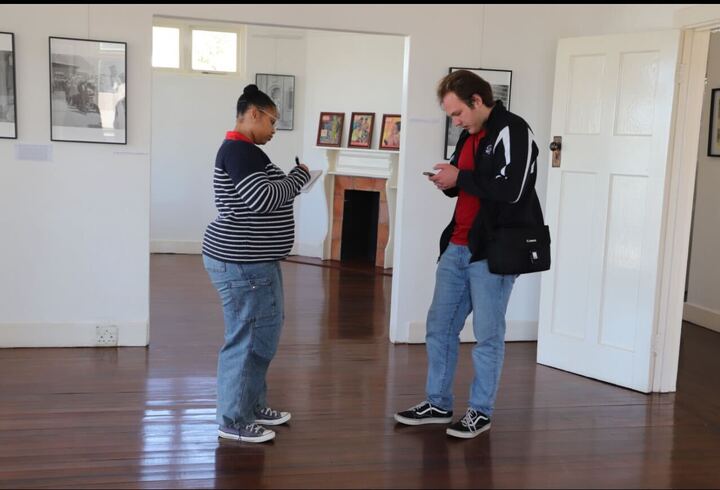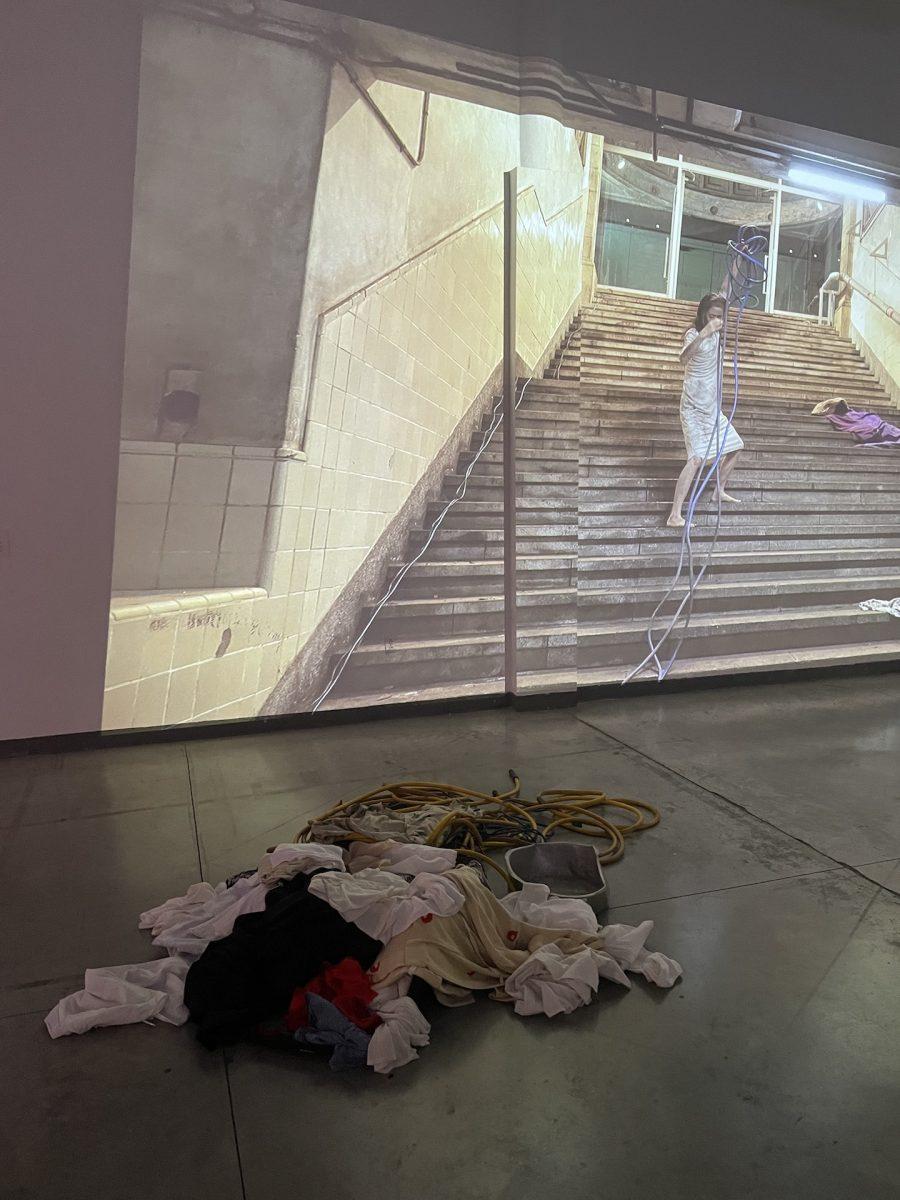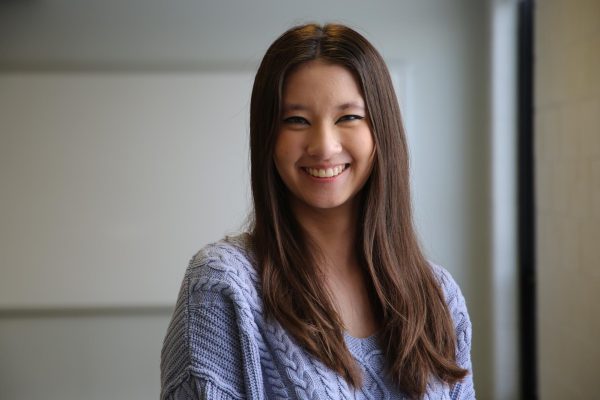The first thing I saw when I entered the Asian Arts Initiative building in Philadelphia’s Chinatown was a video of a woman in a white dress projected on the room’s walls. I soon discovered this woman was Eiko Otake, creator of the solo exhibition, “I Invited Myself, vol. III: A Body.”
The exhibit featured Otake’s dance-for-camera media works and was curated by the Asian Arts Initiative’s main curator Joyce Chung. Chung, who has an interest in the “intersectionality between art and identity politics,” said Otake’s works fit the center’s yearly theme, which is the body.
“It’s very much about her body exploring different places,” Chung said. “We use her body as a medium to explore the history and culture and people in that specific place.”
The Asian Arts Initiative, located at 1219 Vine St., is a multidisciplinary, community centered art center in north Chinatown. It focuses on amplifying the experiences of various Asian communities. Founded in 1993, the institute features visual exhibitions on topics like social justice, self-expression and various Asian American experiences.
As a communications student who studies various digital media, I appreciated Otake’s interdisciplinary, camera-focused work. I liked how her pieces featured her whole body. No matter where I turned, Otake’s figure surrounded me as her video was reflected at a large-scale across the room’s walls.
But as a Korean American, I appreciated the chance to see myself in the art around me even more. In September, I visited the Smithsonian American Art Museum in Washington, D.C. Because the museum specialized in American pieces, I thought I’d see paintings of people of various ethnicities as America is a self-proclaimed “melting pot.” But with few exceptions, there weren’t many works detailing the Asian American experience.
I was happy to see that at the Asian Arts Initiative, the Asian experience was not only represented but artistically uplifted.
Anne Ishii, executive director of the Asian Arts Initiative, affirmed the importance of representation.
“I think in our ecosystem, if you are somebody who does not see work that represents your experience, you’re much less likely to want to participate in it,” Ishii said. “I think that’s why representation is really important.”
I don’t have to leave campus to see Asian pieces. The Maguire Art Museum on the Hawk Hill campus features various Asian works, like a Mughal hand-painted image on fabric support of court life detailing a vibrant East Asian scene of community in oranges, blues and pinks. “Sanjo Bridge,” a 19th-century Japanese print, features individuals crossing a bridge in front of mountains and an orange sunset.
Looking at these pieces, I felt a belonging that is rare for me in a museum.
Emily Hage, Ph.D., director of the Maguire Museum, said she prioritizes such inclusion in her role.
“The world is made up of a diversity of people,” Hage said. “We want that to be represented in our museum as much as possible. We want people who walk in to see, to relate to the works of art on the wall and feel a connection with them. We feel it’s important as a university to represent the wonderful rich diversity of our city, our country and beyond.”
Shiamin Kwa, Ph.D., co-chair and associate professor of East Asian Languages and Cultures at Bryn Mawr University, said art provides people with the understanding they seek.
“Art is what we as humans turn to when we are trying to make sense of the world,” said Kwa. “There is something that is universal about that kind of desire to explore one’s creative self.”
As I talked to Kwa, I thought about the Asian Arts Initiative’s youth programming, which consists of “tutoring, arts workshop, college and career prep, job opportunities, a safe social environment for students to engage, mentorship, and so much more.” This programming is led by Kong Yang, a Hmong artist and the Youth Education Programs Manager at the Asian Arts Initiative who believes it is important to support youth and familiarize them with art.
“Programs like these help build cross-cultural understanding, encourage youth to develop leadership skills and dissect complex social issues in a creative way,” Yang responded in an email to me.
I wondered how different I would be if I had been exposed to Asian pieces earlier in my life. But standing in front of Otake’s exhibit, I understood my journey was only beginning.
The Asian Arts Initiative is open from 2-6 p.m. Tuesdays, Thursdays and Saturdays. Otake’s exhibition, “I Invited Myself, vol. III: A Body” runs through Dec. 9.





